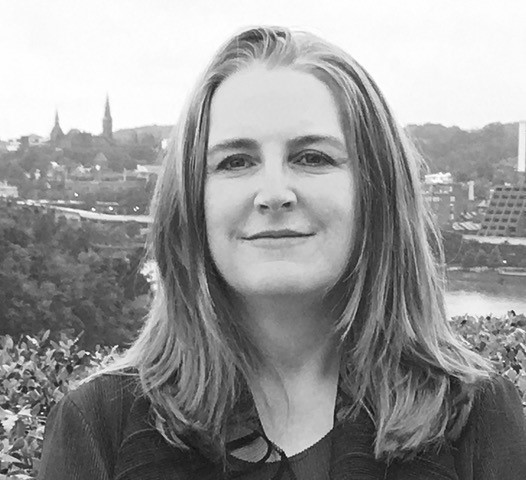Cognitive Creativity as an Individual Difference in SLA research
Could more creative people be better second language learners? How do you define, measure and test creativity?
 I will first introduce cognitive creativity, and discuss how the construct of cognitive creativity can be measured then briefly describe two empirical studies, one with 20 English L1 learners of Japanese L2 in the US, and one involving 52 Chinese L1 university students in the UK focusing on (a) linguistic production during a group oral interaction task, (b) the Torrance Test of Creative Thinking (TTCT), (c) the paperclip task, an alternative creativity test. I will conclude by contextualizing cognitive creativity as worthy of future investigation in SLA in general, and in cognitive-interactionist SLA and task-based learning in particular.
I will first introduce cognitive creativity, and discuss how the construct of cognitive creativity can be measured then briefly describe two empirical studies, one with 20 English L1 learners of Japanese L2 in the US, and one involving 52 Chinese L1 university students in the UK focusing on (a) linguistic production during a group oral interaction task, (b) the Torrance Test of Creative Thinking (TTCT), (c) the paperclip task, an alternative creativity test. I will conclude by contextualizing cognitive creativity as worthy of future investigation in SLA in general, and in cognitive-interactionist SLA and task-based learning in particular.
Alison Mackey is Professor of Linguistics at Georgetown University in Washington, DC and in summers, Professor of Applied Linguistics at Lancaster University in the UK. She researches how second languages are learned and how they might best be taught. She investigates second language learning across the lifespan, including how additional languages are learned at different ages, looking at both younger and older children, as well as college age, prime-of-life, and (in one study) elderly adults. She is also a leading expert in second language research methodology. Her work has been published in all of the top scholarly journals, as well as in edited collections published by Cambridge University Press, Oxford University Press, John Benjamins and others.
Website: https://sites.google.com/a/georgetown.edu/alison-mackey/
